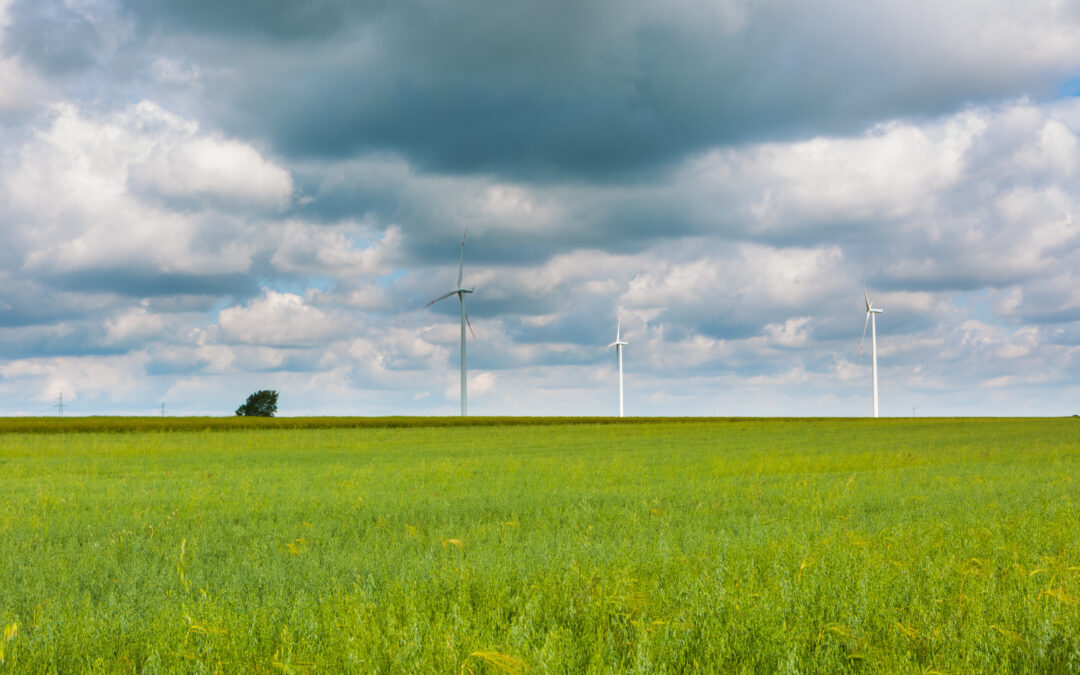Gardening is a great way to connect with nature and enjoy fresh, healthy produce. However, if you’re new to gardening or have had trouble growing your own food in the past, it can be overwhelming to know where to start. That’s why we’ve put together this step-by-step guide to help you grow your own organic produce from seed to harvest.

Soil Preparation and Planting
The first step to successful organic gardening is preparing your soil. Start by removing any debris or weeds from your planting area, then dig up the soil to loosen it and remove any clumps. Next, add compost and other organic matter to enrich the soil and improve drainage. You may also want to test your soil pH level to ensure that it’s suitable for the plants you plan to grow.
Once your soil is prepared, it’s time to choose your seeds or starter plants. Choose varieties that are well-suited to your climate and growing season, and consider choosing heirloom seeds to support biodiversity. Plants that are certified organic will not have been treated with synthetic chemicals, so look for labels that indicate they were grown without these substances.
To plant your seeds, follow the instructions on the packet, taking care to space them appropriately based on their mature size. Cover the seeds lightly with soil and water thoroughly. If you’re using starter plants, make sure to harden them off before transplanting them into your garden bed.
Caring for Your Plants

After you’ve planted your seeds or starter plants, it’s essential to keep them well-watered and fertilized throughout the growing season. Consider installing a drip irrigation system to conserve water and reduce waste. You can also use natural fertilizers like compost tea or fish emulsion to provide nutrients to your plants.
Pests and Disease Control
Organic gardeners face unique challenges when it comes to managing pests and diseases. Rather than relying on synthetic pesticides and fungicides, try using natural methods like companion planting, crop rotation, and handpicking. Neem oil and garlic spray are also effective natural remedies for common garden pests.
Harvesting and Storage
Finally, once your crops are ready to harvest, take care to pick them at peak ripeness to maximize flavor and nutrition. Use clean containers to store your produce in the fridge or root cellar, depending on the type of vegetable. Freezing or canning are also excellent ways to preserve your harvest for later use.
In conclusion, growing your own organic produce can be both rewarding and delicious. By following these steps and staying committed to sustainability, you can create a thriving garden that provides fresh, healthy food for you and your family.



